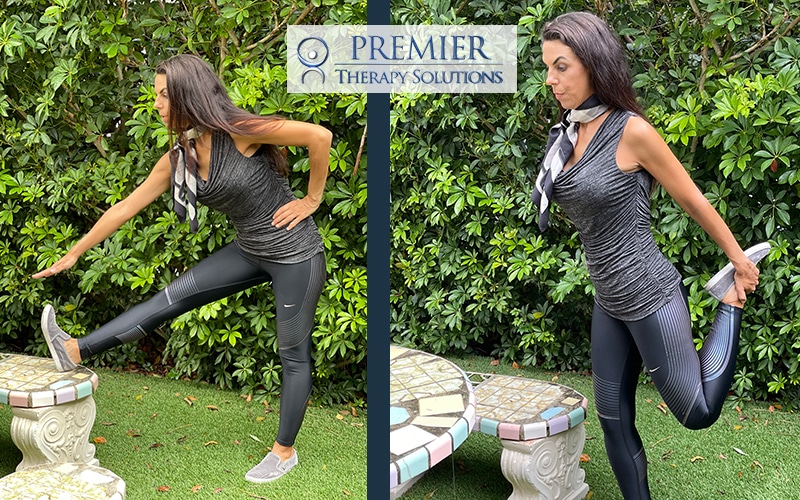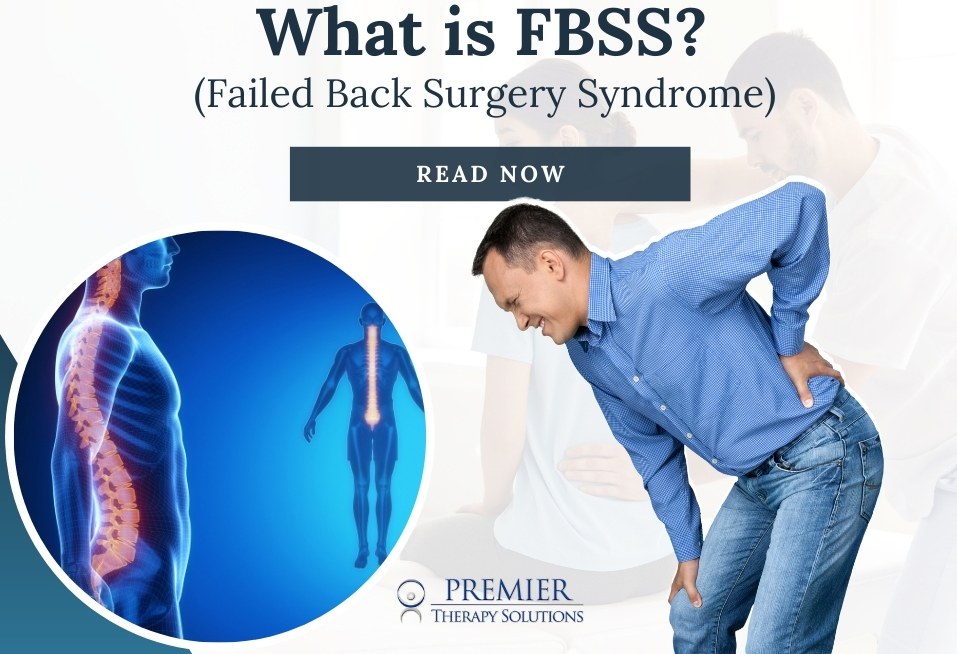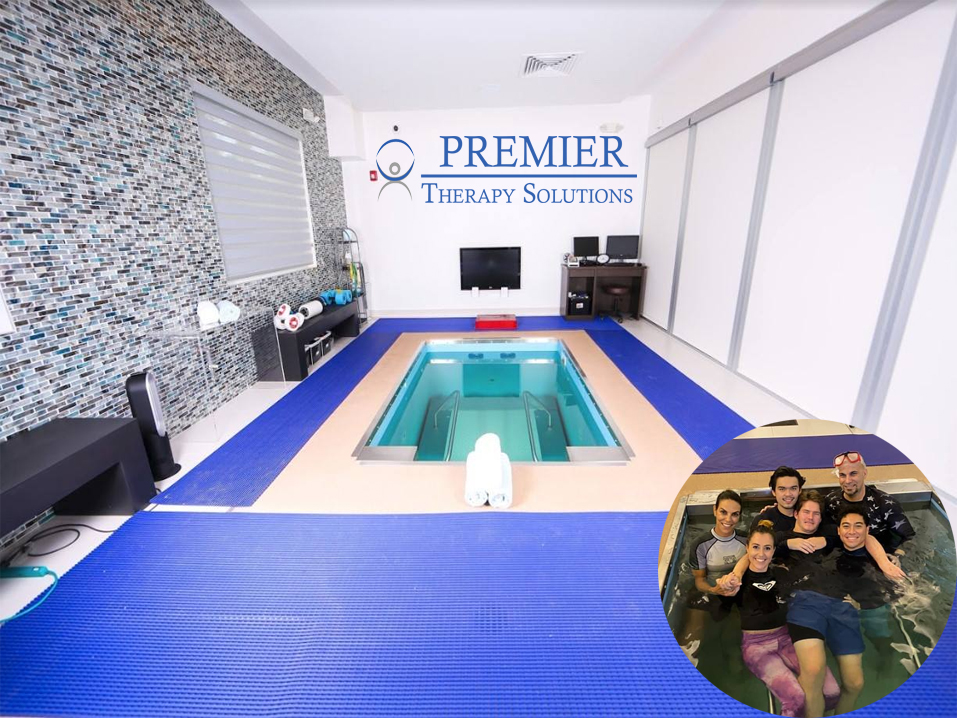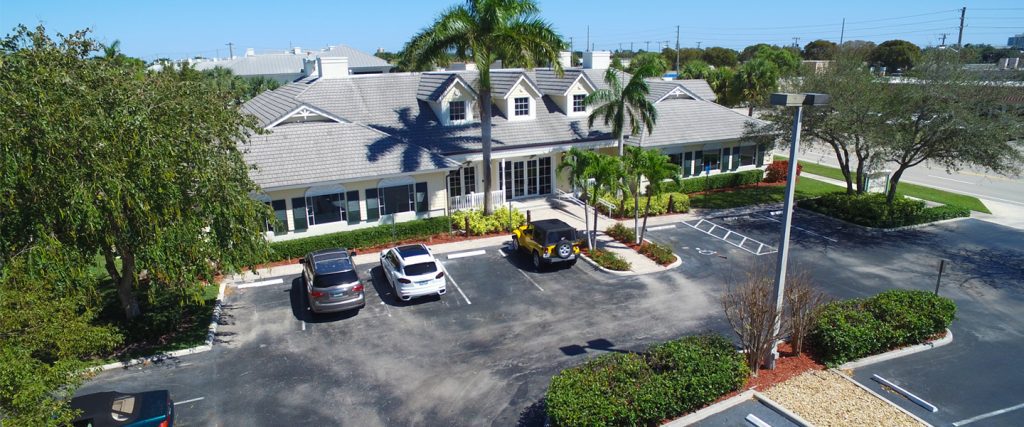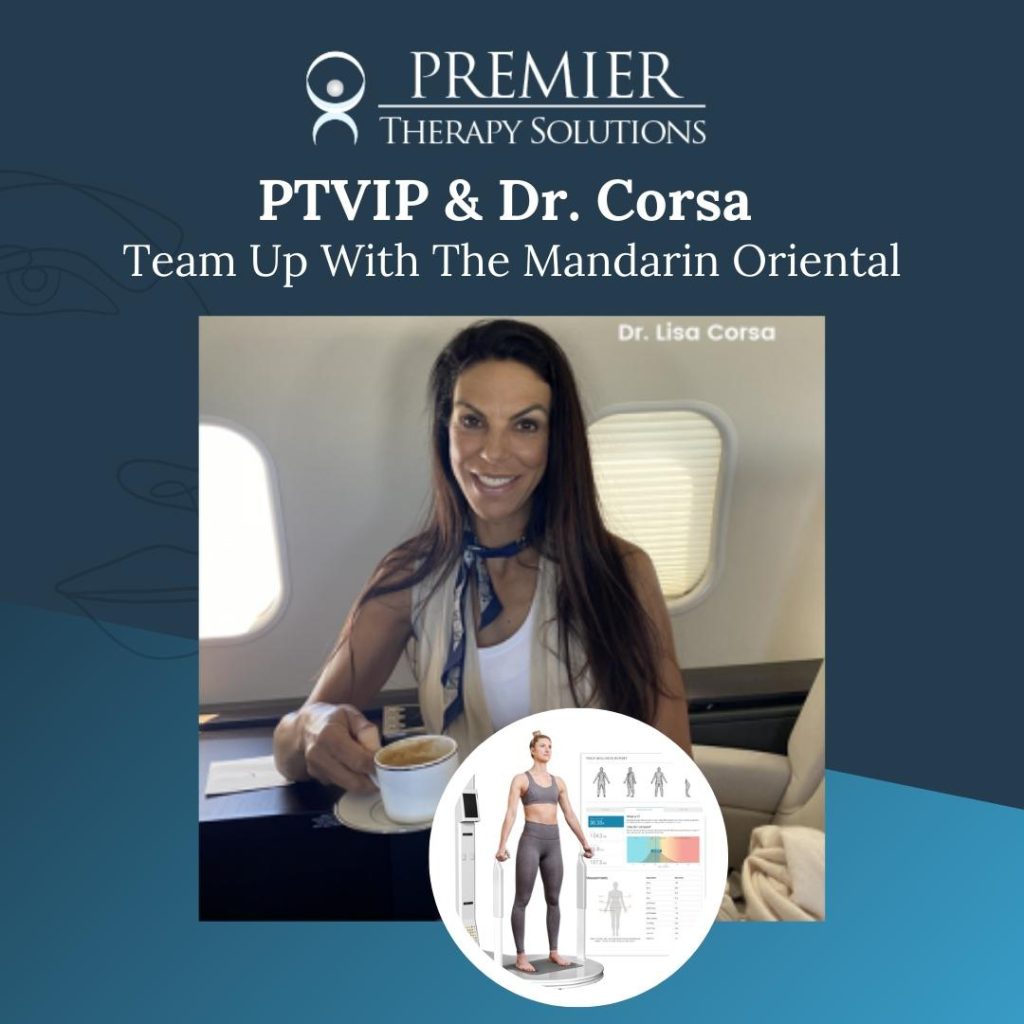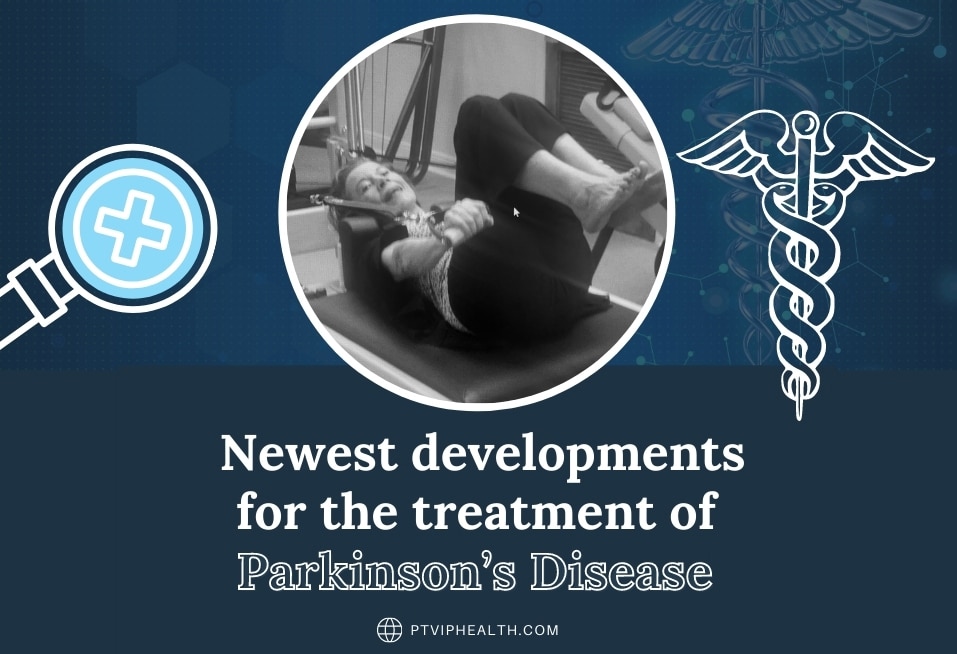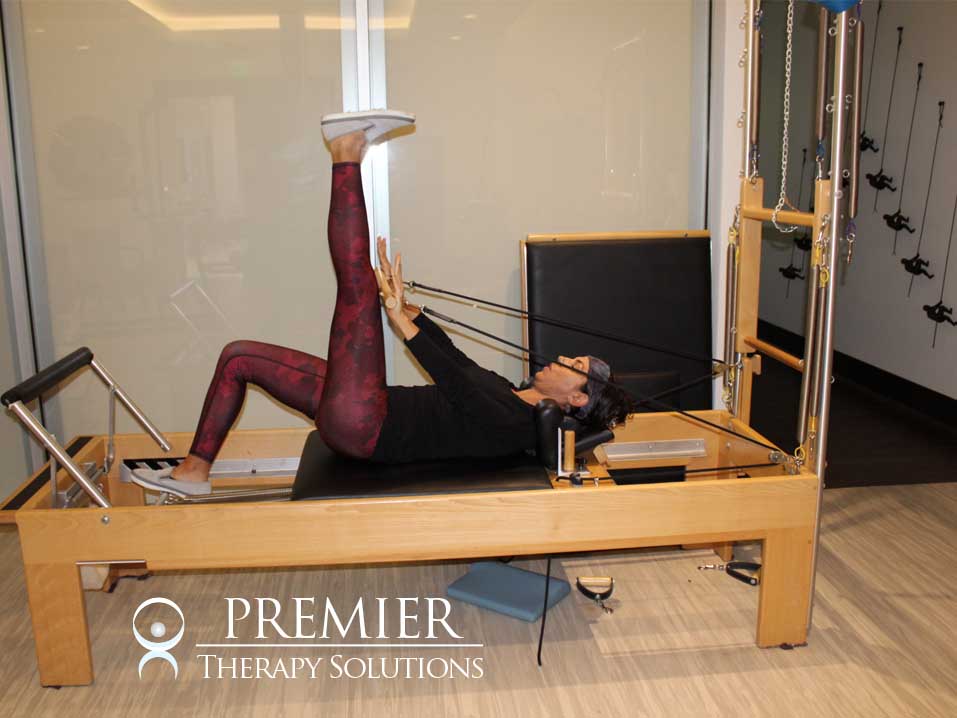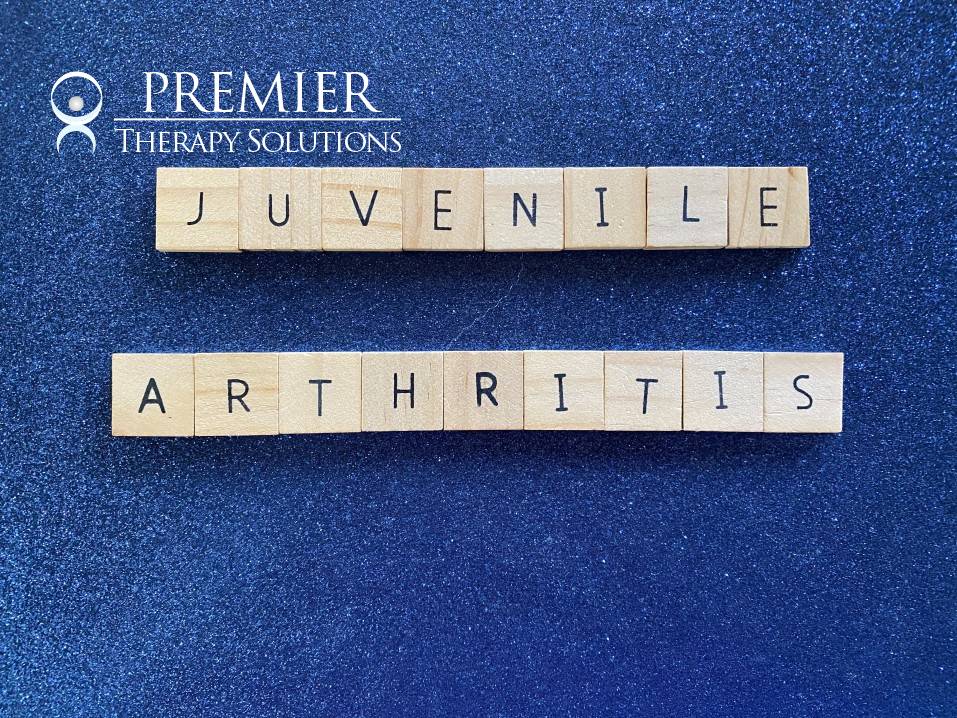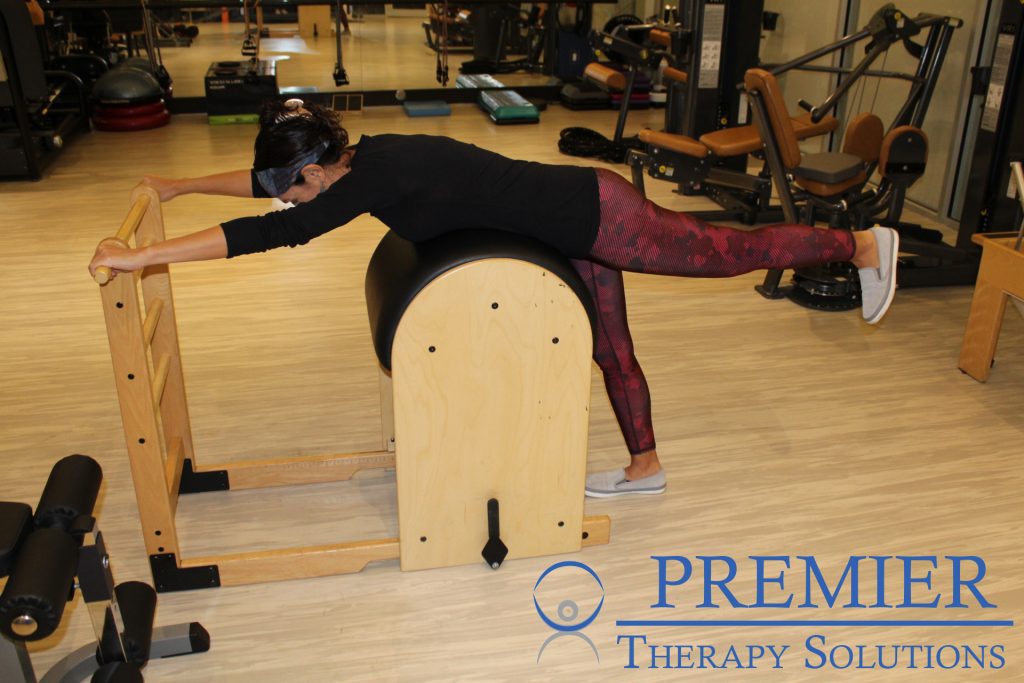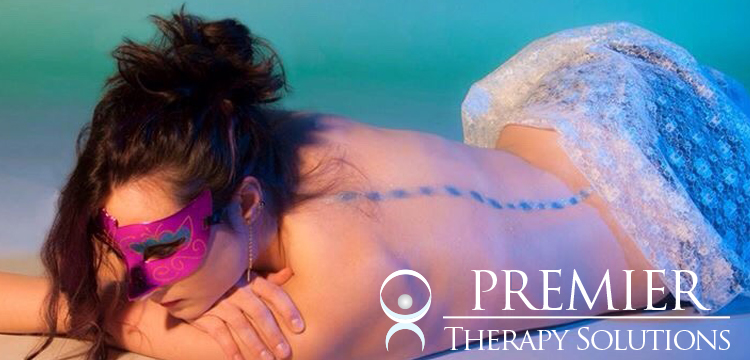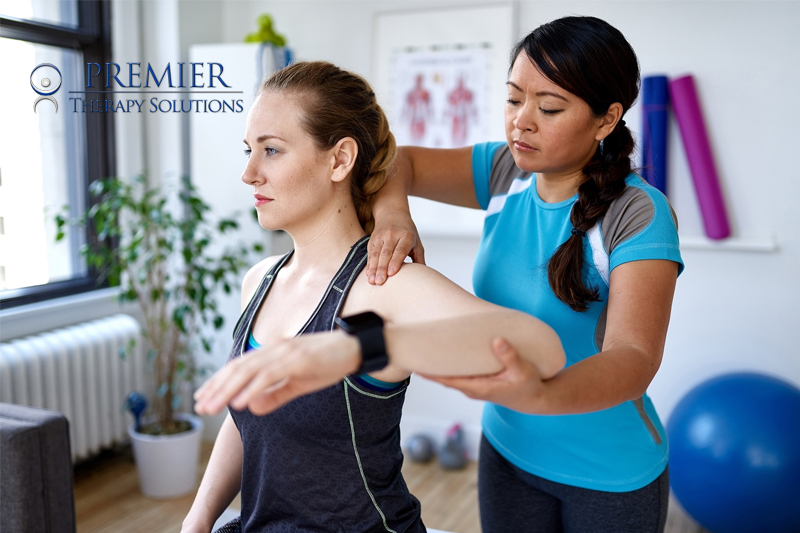For this series of Root cause rehab medicine…Medical Detective Dr. Lisa Corsa from Premier Therapy Solutions will cover.
A SYSTEMATIC REVIEW and META-ANALYSIS OF COMMON THERAPEUTIC WORKSHOPS THAT GENERATE THE HIGHEST MUSCLE ACTIVITY IN THE GLUTEUS MEDIUS & GLUTEUS MINIMUS SEGMENTS
Moore D, Semciw AI, Pizzari T. A SYSTEMATIC REVIEW AND META-ANALYSIS OF COMMON THERAPEUTIC EXERCISES THAT GENERATE HIGHEST MUSCLE ACTIVITY IN THE GLUTEUS MEDIUS AND GLUTEUS MINIMUS SEGMENTS. Int J Sports Phys Ther. 2020;15(6):856-881. doi:10.26603/ijspt20200856
I love being a medical detective! As I am often referred to as the Navy Seal of Rehab Medicine, I won’t stop until I find the root cause of the patient’s pain or dysfunction. Otherwise, the issue will come right back! In my practice of 25 years, I have seen thousands of cases where the root cause of the patient’s pain was Gluteal Amnesia! Gluteal muscle dysfunction can cause pain in the lower back, hip, knee, ankle, foot, and even the neck. An imbalance or asymmetries in the gluteal muscle group can lead to poor pelvic alignment, which alters the biomechanics of the entire kinetic chain and cause movement pattern dysfunctions. The gluteal musculature consists of three muscles: gluteus maximus (Gluteus medius), gluteus minimus (Gluteus minimus). Combining these muscles can affect strength and play a significant role in compound movements. Each segment of the three parts of the gluteus has a different function. Gluteus medius, has posterior, middle, and anterior fibers while the gluteus minimus has an anterior segment and a posterior segment. Each section of the glute is responsible for a specific action and therefore generates different forces.
Given the importance of gluteal muscle strength in mobility issues, it is important to ask whether rehabilitation programs are providing enough activation in each segment of the glute to produce sufficient intensity to induce strength and hypertrophic adaptations. Moore et. al. conducted a level 1 meta-analysis and systematic review of evidence. They looked at the gluteal muscles to determine which exercises generate the most muscle activation in the glute min and glute med segments. Moore et al. Moore et al. Side-lying hip clams and standing hip abduction with open chain, hip hitch, pelvic drop, hip hitch, hip hitch, hip hop, or hip hitch were also studied.
Weight-bearing exercises like squats/steps, standing hip Abduction, and supine Bridges were also examined. The hip hitch and pelvic drops elicited maximum voluntary isometric contractions (MVIC) in all glute med segments. While the isometric standing hip adduction had high MVIC for both anterior and posterior glute med segments, the hip hop hitch and pelvic drop showed the highest MVIC. The single-leg bridge, side-lying hip abduction with hip Ir, lateral step-ups, and standing hip abduction on either stance or swing legs with resistance were all good options for eliciting the greatest glute med middle fibers. Glute min had isometric standing hip abduction with different variations and a high pelvic drop for strengthening both segments. Side-lying hip abduction with hip IR, lateral step-ups, lateral step-ups, standing hip abduction on stance or swing leg with resistance, dip test, and single-leg bridge targeted the posterior glute segment. The results were evaluated using electrical stimulation with electrodes to calculate MVIC activity and EMG activity. The author’s research revealed that clinicians can now prescribe a program of common therapeutic exercises for strengthening the gluteus medius and gluteus minimus.
Bottom Line: The glutes are one of the MOST important muscles to work and keep engaged during your workout programs. All rehab programs whether working the upper or lower body should incorporate at least 3 gluteal exercises! Here at Premier Therapy Solutions we ALWAYS focus on working the gluteal muscle group to failure so that it can re-grow and help to become the primary stabilizer for the lower body and fix low back pain!

 Telehealth Services
Telehealth Services Acupuncture
Acupuncture 3D Body Scanning
3D Body Scanning